Whether you’re a podcaster trying to market your show or a guest trying to get on podcasts, you need a simple way of introducing yourself and telling potential collaborators what you’re about. A podcast one sheet is the perfect tool to concisely tell your story.
In this article, we explain what a podcast one sheet is, what it should include, and how to make your own. We also offer some examples.
Action
Building sponsor relationships? Castos provides detailed analytics and professional reporting tools to create compelling sponsor packages, plus automatic ad insertion to maximize your revenue potential. Start your 14-day free trial
What is a Podcast One Sheet?
A podcast one sheet is a document that provides potential guests with information about your podcast. It should include the podcast name, a brief description of the podcast, and your contact information. You may also want to include a list of recent guests or interview topics that have been covered on the podcast.
These documents make your marketing strategy and outreach a lot more streamlined. You still need to send email pitches, but attaching a one sheet is a simple way to teach your target audience about yourself.
The goal of a podcast one sheet is to make it as easy as possible for potential podcast guests to learn more about your show and decide if it’s a good fit for them. By providing all of the relevant information in one place, you can save both yourself and your potential guests time and hassle. So if you’re looking to grow your podcast by booking high-quality guests, be sure to create a podcast one sheet.
Podcast one sheets can also be used for guests who are trying to get themselves booked on shows. These documents communicate to podcast hosts why the potential guest would be a good fit and give the hosts everything they need to prepare for an interview. These kinds of podcast guest one sheets might include a brief elevator pitch, lists of books or other content created, press mentions, accomplishment, and anything else the host should know.
Podcast One Sheet vs Media Kit
A media kit is similar to a podcast one sheet, but it also includes statistics about your podcast, such as download numbers and listener demographics. Whether you decide to create a podcast one sheet or media kit will depend on your needs and preferences.
If you’re looking to attract high-profile guests, for example, a media kit with detailed statistics may be more helpful than a simple one sheet. Finding sponsors will also require a full media kit as advertisers will want to see detailed metrics about your show.
Ultimately, the best way to determine what type of materials you need in your media kit is to experiment and see what works best for you and your podcast. If a recipient requests additional information, consider adding it to your media kit.
Tip
Not sure if you’re ready to pitch sponsors? Check out our full guide on getting ready to find advertisers for your podcast.
Podcast One Sheet Examples
Do you want to see some examples of podcast one sheets? Use these podcast one sheet designs / templates as inspiration to create your own.
1. Dave Sanderson
This podcast has a very corporate look, but that’s great because the subject is a very corporate guy. The headshot makes him look pleasant and engaging. He smartly shows off covers of the books he’s involved with, as well as all of the media outlets that have covered him. The podcast interview questions make things easy for hosts.
2. Nate Dukes
This podcast one sheet is well structured with headings and lists that help you find information quickly. Notice how it uses the same colors as his book, creating a cohesive brand. The suggested topics and questions help hosts understand if this guest is right for their show.
3. Fiona Frills
We love the colors and headshot here. It shows the influencer’s personality without overwhelming the reader. The bio copy is especially powerful because it tells hosts how many potential listeners they can reach by interviewing this influencer.
4. John Lanza
While the copy may be a little long-winded, it’s full of the guest’s accomplishments, so it seems suitable. The branding, book cover, and headshot are perfect. We particularly like the colors because they are a bit childish, which plays well into this guest’s expertise.
5. Regina Huber
We love how this information is laid out nicely. The colors are bold, but not overwhelming. The logos of media outlets are a nice touch. The “offerings and rates” at the bottom are a unique feature we don’t see on a lot of one sheets, but they can be helpful to the right audience.
6. Blogilates
This podcast one sheet is brief, but powerful. The colors and photo are amazing, full of personality and energy. The social media links and follower/view stats at the bottom send a very clear message: “Inviting me on your show will grow your brand.”
Grow Your Audience with Castos
Castos gives you all the tools and expert guidance you’ll need to create an incredible podcast that will make a lasting impression for your brand.
How to Create a Podcast One Sheet
If you’re looking to get started in podcasting, want to attract more guests to your show, or want to be a guest on shows, then a podcast one sheet is a must. Here’s how to create one that will help you stand out from the crowd.
Use a simple design editor
In terms of format, we recommend keeping it simple, but not over the top. An A4 page size is usually best. You can use any design program, but Canva is probably the simplest. It’s free and has plenty of features for your purposes. (We use it all the time at Castos).
Include the right information
Decide what information you want to include on your one sheet. A good place to start is with the basics:
- Your headshot
- Your name
- Name of the podcast
- Podcast website
- Topics you cover
- What you’re an expert on
- Who is your audience?
- Social media and email contacts
- Audience stats
- Production schedule
- Scheduling link (Calendly, Savvycal, etc.)
Don’t be afraid to include extra information that may be unique to your situation. For example, if you are a musician, you might include a link to your SoundCloud or Spotify page. If you are an author, you might include your most favorable review.
Make it visually appealing
Use images, graphics, and color to make your one sheet stand out. Ideally, the colors you choose should match your branding. (Don’t have branding? Go with whatever colors appear on your website.)
For your headshot, choose a high resolution photo where you look friendly and welcoming. It’s okay to show a bit of personality, but don’t go overboard or you could alienate some people.
Furthermore, take a genuine photo of yourself. If you don’t normally wear suits, don’t wear one in your photo. Authenticity is far more effective.
Use structure (rows and columns), white space, borders, and background colors to separate blocks of information. This will help your readers understand your podcast one sheet quickly.
Be clear and concise with your language
Use easy-to-understand language that will grab your reader’s attention, but look for ways to let your personality shine through. Don’t go overboard, though. If you force the reader to wade through something full of imaginative prose or silly innuendo, they’ll likely just move on to someone else.
Write your bio in the third person, as if someone else could read it on a podcast to introduce you (and they likely will). Make sure to include your biggest accomplishments or anything you want an audience to know about you. Avoid using subjective language and opinions.
Your copy should answer the question, “What value do I provide?” You want potential collaborators to know exactly what you bring to the table for their audience. Make sure to mention any facts, details, or accomplishments that make you unique.
Whether you’re a podcaster or a guest, it’s important to include topics you cover. This will help the reader understand if there’s potential to work together. It’s okay to be broad here for the sake of brevity. Include anything you want the other party to ask about specifically.
Offer lots of contact info
Include plenty of contact options on your podcast one sheet. Use an email address that you check often. Include links to your Facebook, Twitter, LinkedIn, or other social media pages where the reader can learn more about you. Most importantly, include a link to your podcast website.
Include any specific information requested
If a potential collaborator asks for a specific piece of information, consider editing your podcast one sheet in order to include it. For instance, some podcasters ask potential guests to include a few topics that would work well for an episode. An Instagram influencer may ask for some photo ideas.
Don’t use your podcast one sheet to replace your pitch
Your podcast one sheet is a piece of supplementary information. It should not replace a proper pitch. When you reach out to potential collaborators, you’ll still want to send some long-form information about yourself in the body of an email. (But not too long!)
Don’t Overthink Your Podcast One Sheet
A podcast one cheat is a valuable marketing asset that you will use over and over, but it doesn’t have to be complicated. In fact it should only take about 30 minutes to create your own. Over time, revisit your one sheet to make sure the information is accurate.
Have you created a podcast one sheet, post a link to yours below in the comments!
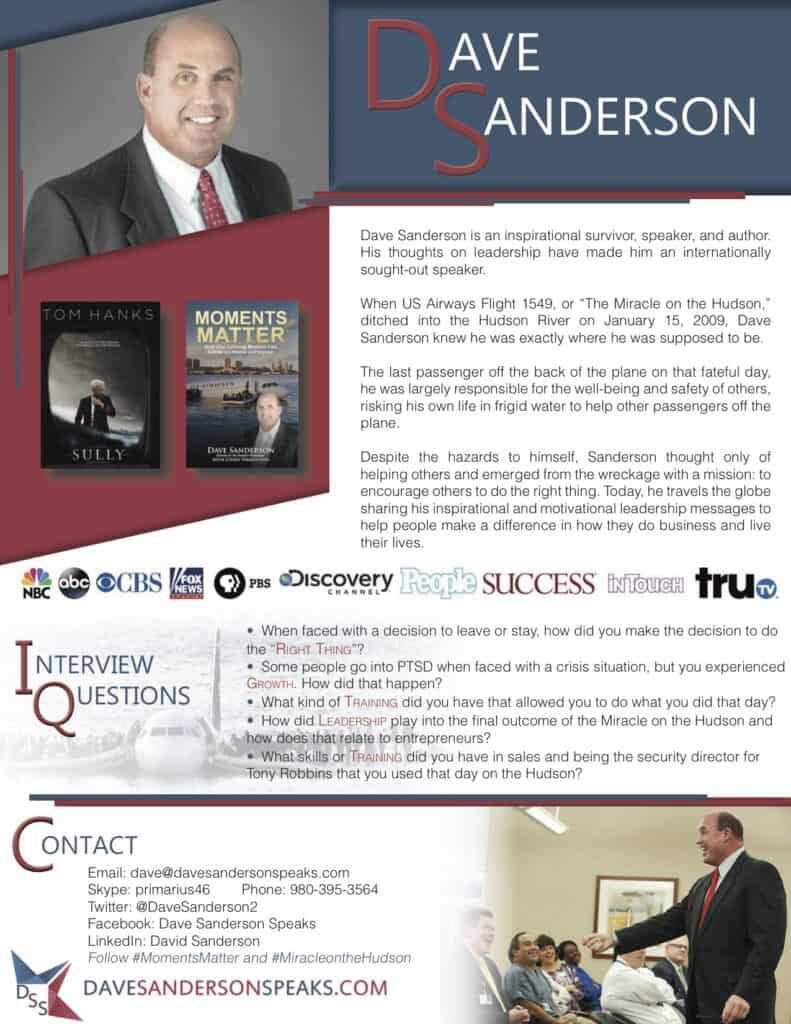
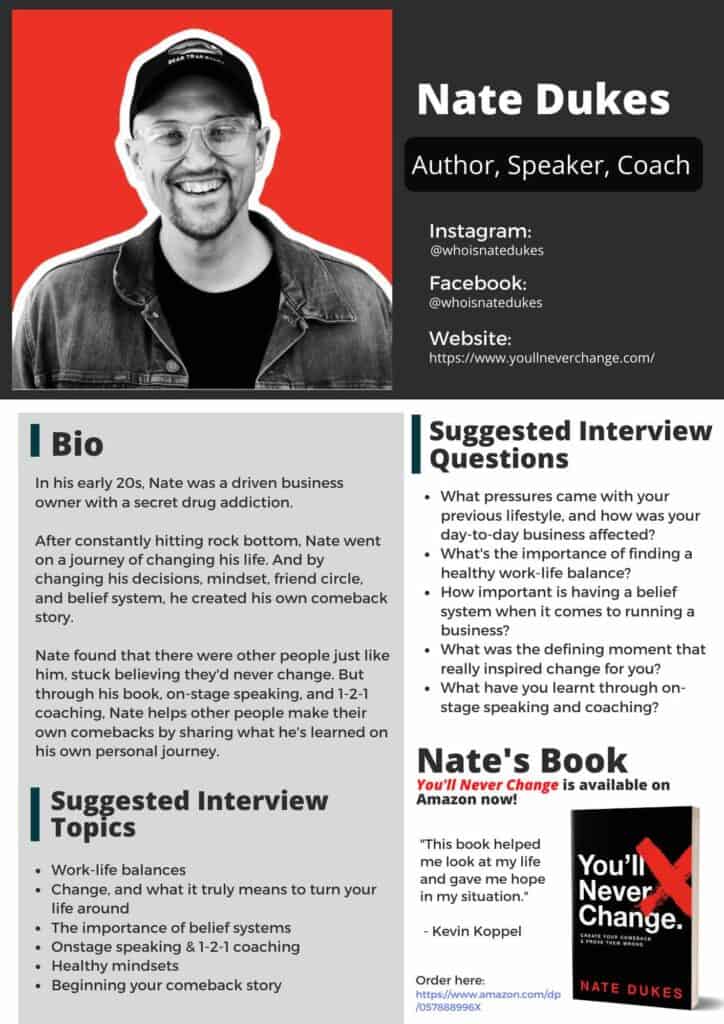
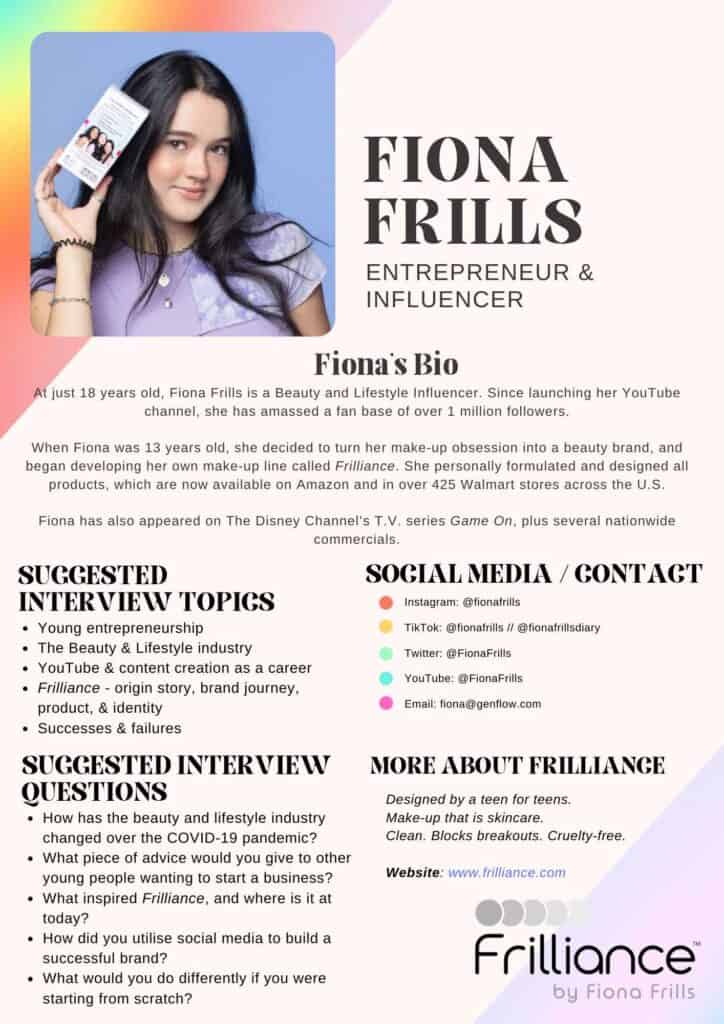
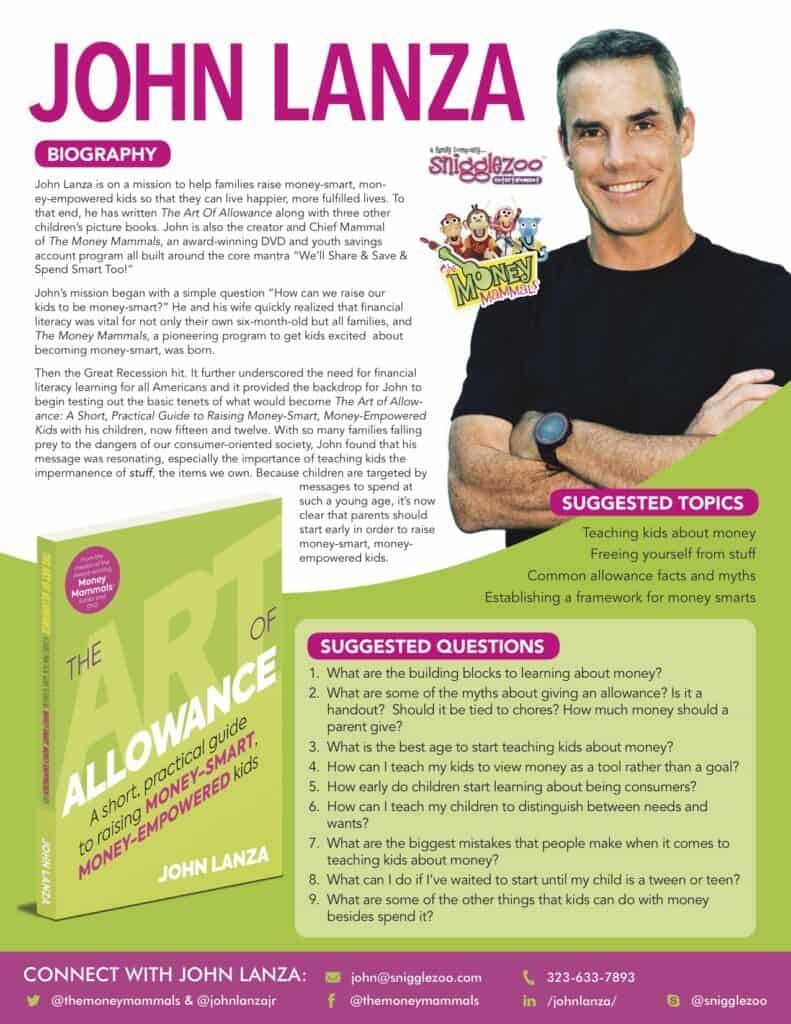
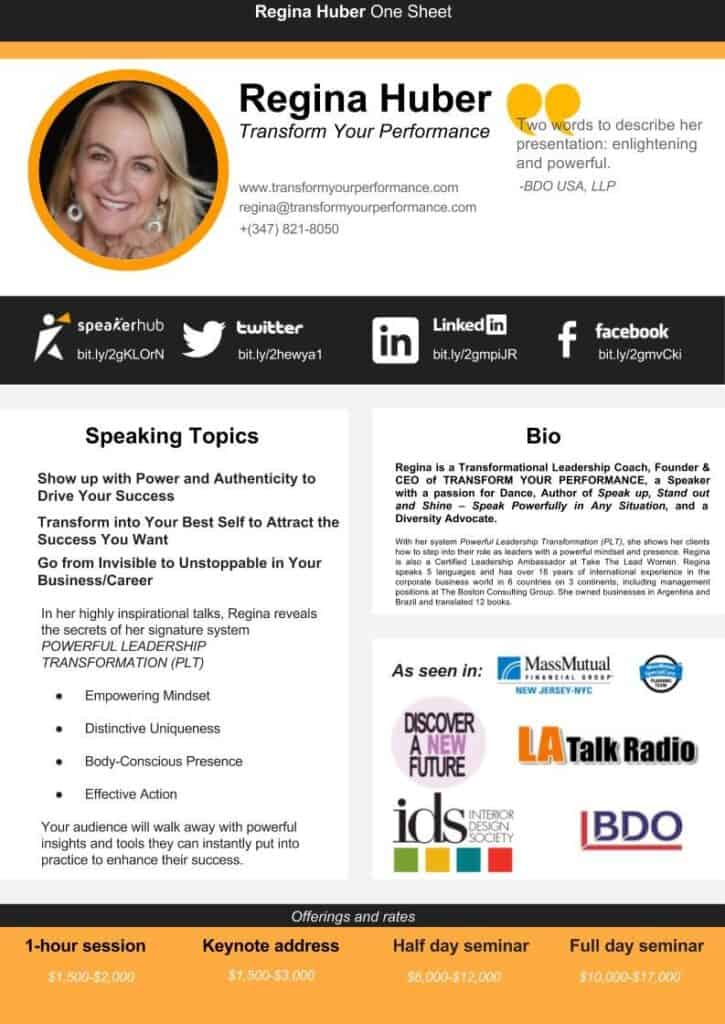
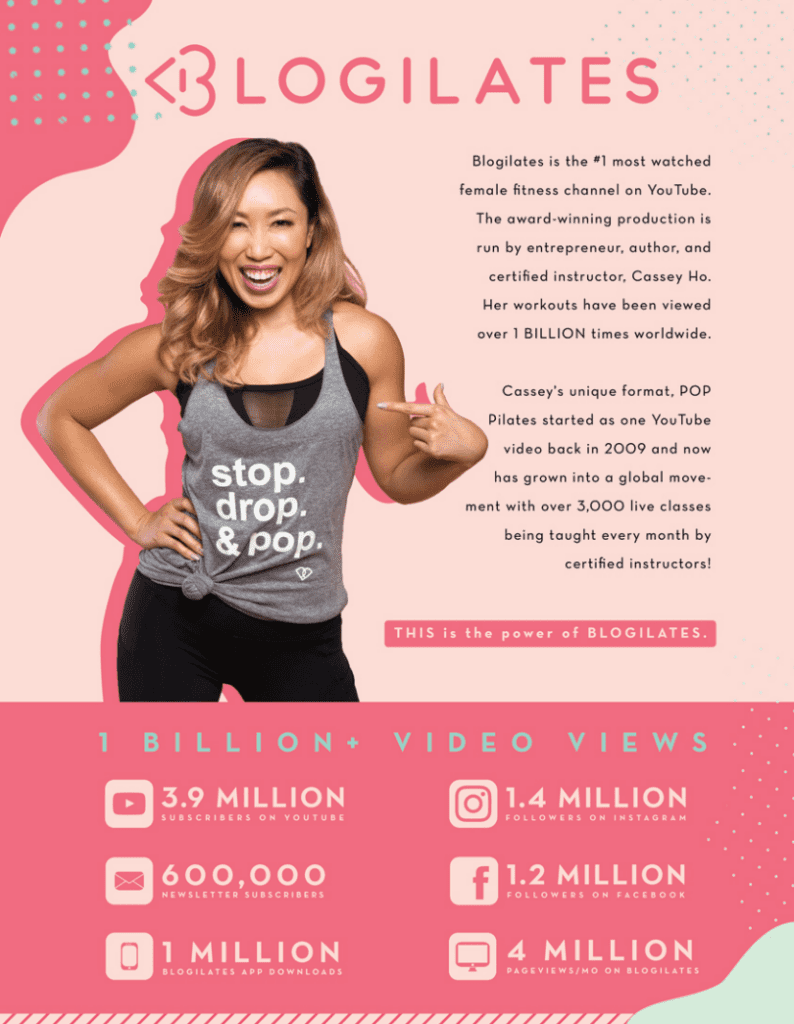
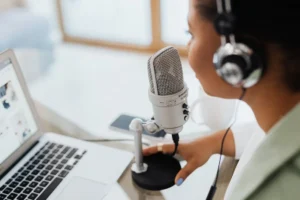
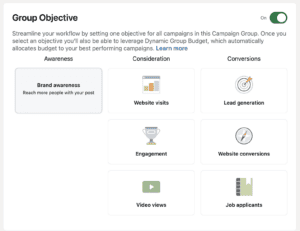
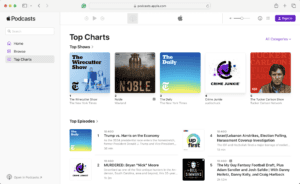
Comments are closed.